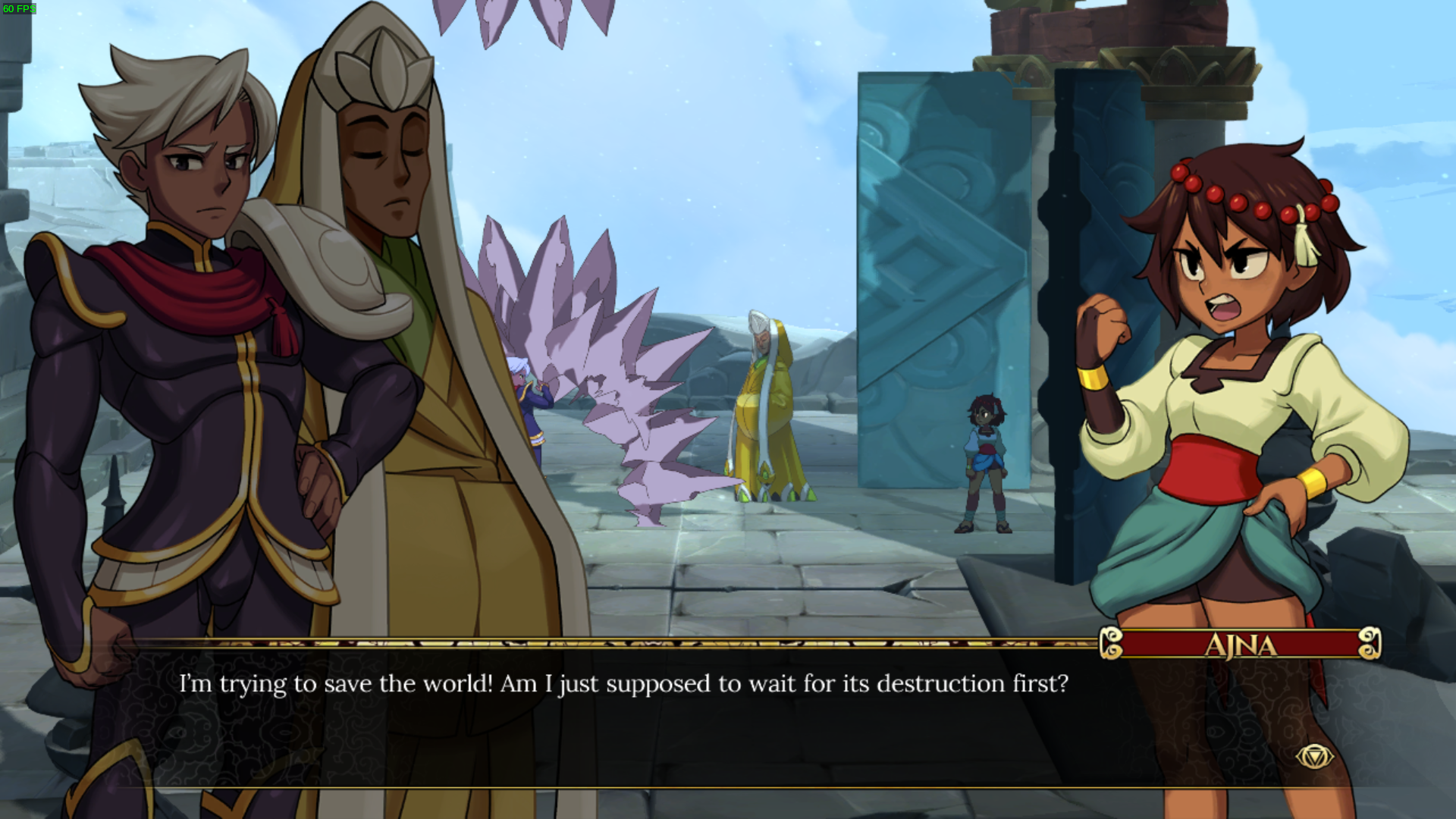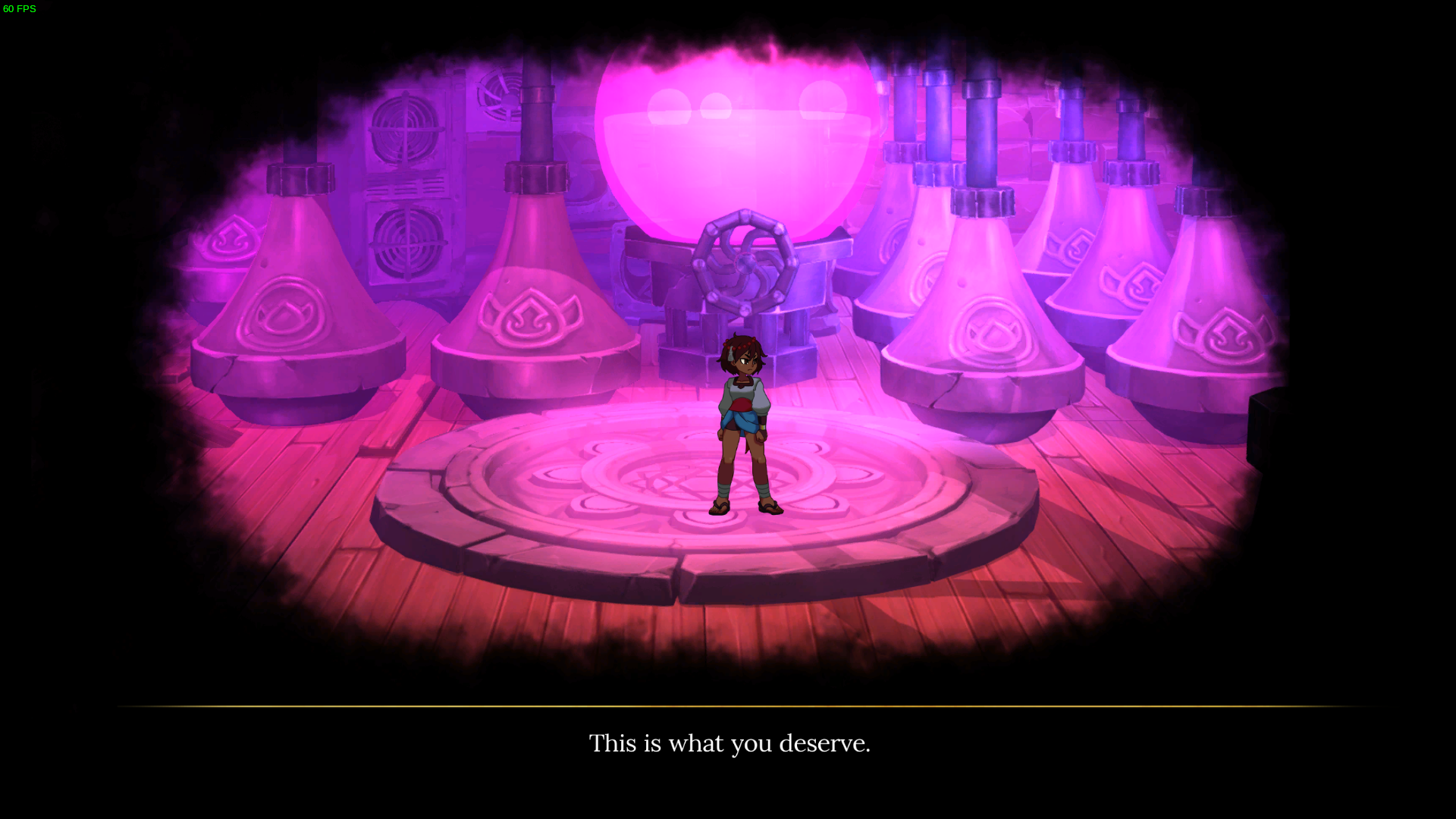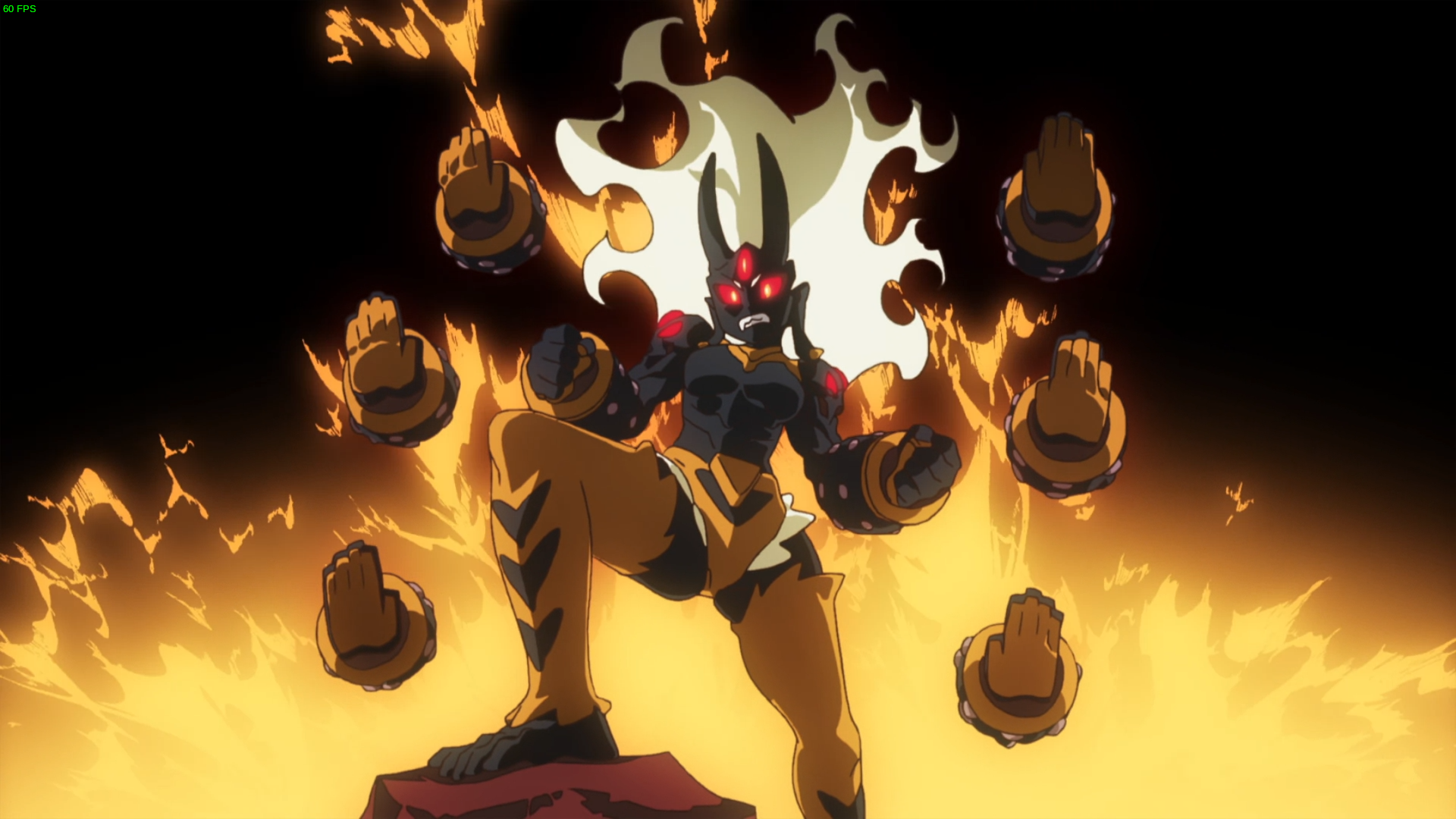Indivisible Review
Please be advised: while I’ve tried to keep spoilers to a minimum, there are still a few in this article.
Four years after a successful Indiegogo campaign, Indivisible has finally launched on October 8th on Windows, Mac, Linux, PlayStation 4, and Xbox One, with a Nintendo Switch port coming at a later date.
Four years later and, I’ve nearly forgotten about the game. And it still feels like a rushed product.
Indivisible is the second game brought to you by Lab Zero Games, the developers behind the fighting game Skullgirls, and is published by 505 Games. What’s the meaning of Indivisible, you ask? Well, I’ll do you a favor and list the definition from dictionary.com:
not divisible; not separable into parts; incapable of being divided
The strange thing is, that definition feels like an oxymoron when describing the theme of this role-playing game. The sixteen-year-old female character that plays as the main protagonist – her name being Ajna – discovers that her village, Ashwat, is under attack. Less than five minutes into the game, she gets into an argument with her father, and after they disperse, Ajna finds him dead. Who killed him? A man named Dhar.
Naturally, the hot-headed, stubborn teenager seeks to avenge his father’s death upon seeing Dhar. After a brief battle, somehow, Dhar ends up being absorbed into Ajna’s mind. She will later be able to summon him in future battles.
So, in a nutshell, Ajna’s quest is to avenge her father, and destroying anyone who may have been involved in the plot – using the people she absorbs throughout her journey as help – while at the same time saving the world from the antagonist, Kala.
The people who Ajna encounters and get absorbed will join her team to ward off the baddies that come her way – including those of her own mind. These people enter into what is called Ajna’s inner realm and will be summoned outside of her body with every battle. While Ajna is meditating, she can visit this inner realm and interact with them.
The game is a bit of a hybrid – Super-Metroid-esque elements when it comes to exploration, and an RPG when it comes to combat. I have to say that honestly, this works out well. If you played the prototype, not much has changed here. Instead of a typical turned-based RPG, your team’s attacks are time-based. Your team can consist of up to four members at any given time, and each is assigned a button on your gamepad or keyboard. After the enemy has attacked, a circle will start to fill up by your character. When the circle is full, you can press the corresponding button of that team member to attack. Attacks can be chained into multiple hits, and they also have high and low attacks, which will become essential later on for enemies that can block attacks from specific angles.
When it comes to defense, when it’s the enemy’s turn to attack, a red circle will flash to one or more of your team members. Press and hold their corresponding button to guard. Most of the damage will be neglected upon hit, but even more if you can time the block just right. Blocking will consume a gauge in the upper-right corner of the screen called Iddhi. This gauge gradually fills up upon successful blocking or attacking. Fill the gauge enough, and you can have one of your characters cast a special move that, for the most part, inflicts massive damage to the enemy, depending on how many bars you use. Alternatively, the special moves could heal team members or set up traps or status effects to the enemy.
Winning a battle will earn experience for all team members. Earn enough XP, and they will level up, increasing their stats. It seemed like every battle I fought, there was always at least one character that leveled up.
As for the exploration itself, Indivisible pits itself in a giant fantasy world, filled with spikes, ledges, spider-webs, walls to climb, enemies, and gems called Ringsels – collecting enough of these will increase either Ajna’s offense or defensive capabilities. The characters, like from Skullgirls, are beautifully hand-drawn, and the worlds themselves are a work of art. From time to time a cutscene will trigger, mostly on Ajna trying to figure out how to get to the next area. And rarely, there will be an animated version of a cutscene, that, while brief, are interesting to look at. Sometimes Ajna will learn a new ability – like being able to dash through walls or axe through thickets of wood.
The soundtrack was composed by Hiroki Kikuta. The music was spot-on for each scenario in the game; it’s great, to say the least.
The voice acting is pretty good. There will be occasional spots where it gets awkward or cheesy, like the voice didn’t seem like it belonged there, but for the most part I didn’t have a problem with it.
Speaking of cheesy, the story itself feels… like it’s that way also. It seems as if that – despite how long it took for the final product to ship to shelves – it was a bit rushed. Despite there being a plethora of characters to choose from, some get less attention than others, and it feels like they don’t contribute to the story at all. While there are plenty of tutorials in the beginning, later on there will be some elements and techniques you’ll learn but are not given any explanation as to how to do whatever it is that you got. Beginners can feel a bit overwhelmed with the progression of the story – I think it would’ve been nice to get more characters added to my roster at a gradual pace. It feels like I got them all at once, and next thing I know I’m having to control four characters at the same time.
How long it took me to get to the end? Twenty hours. Not bad. That’s better than most single-player games that will last half that time. Is there much replay-ability value? Sadly, not at the moment. There’s no hard mode, and there’s barely any side quests. Recruiting the last few team members took me less than an hour. I’m hoping for a future update that will increase the play time, either by a new game or more side quests.
The Linux version of the game is alright. On my laptop, with an i5 and 8 GB of RAM, the average FPS I got was 20-30 with all graphics options set to high. Setting them off yielded a slightly better performance. Some areas will be hard-hitters; one particular map ran the game at 15 FPS. One important thing I will note is, you need at least 8 GB of RAM, and if you don’t have any more than that, you need to have 8 GB of swap space.** If you don’t have that much swap, the game will freeze your PC when you’re moving from one world to the next. And if you have less than eight gigs of RAM, well… I couldn’t bear to see your frustration trying to play this.
There is also a game-breaking bug when visiting a particular area, and then going back to where you were. This is specific to the Mac and Linux ports. I have let the porter know about these issues, and he will take care of them soon.
Don’t get me wrong on my assessments of this game, though. I still highly recommend Indivisible. The combat is pretty exciting, and offers a unique twist to a typical RPG. If you’ve been looking for a single-player game that will last you for some time, this is the game to get. Special thanks to Renaud Lepage (Cybik) for making the Mac and Linux ports a reality. It’s been a while now but we interviewed him a few years ago to talk about his porting occupation: you may want to check our episode again.
So, to sum things up about Indivisible… The good:
- Incredible artwork
- Great soundtrack
- Decent story length
- Exciting combat
- Metrovania puzzle elements that are interesting but not too difficult to get through
The bad:
- Rushed, somewhat cheesy plot development
- Lack of replay-ability or side missions
- Some bosses are too easy or too predictable




